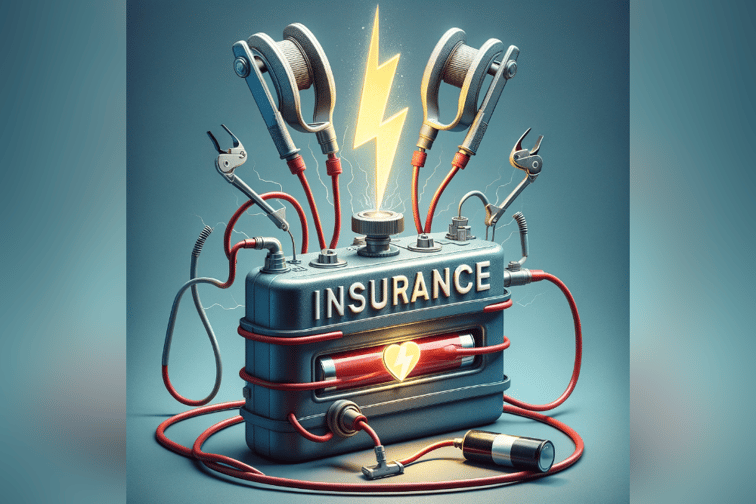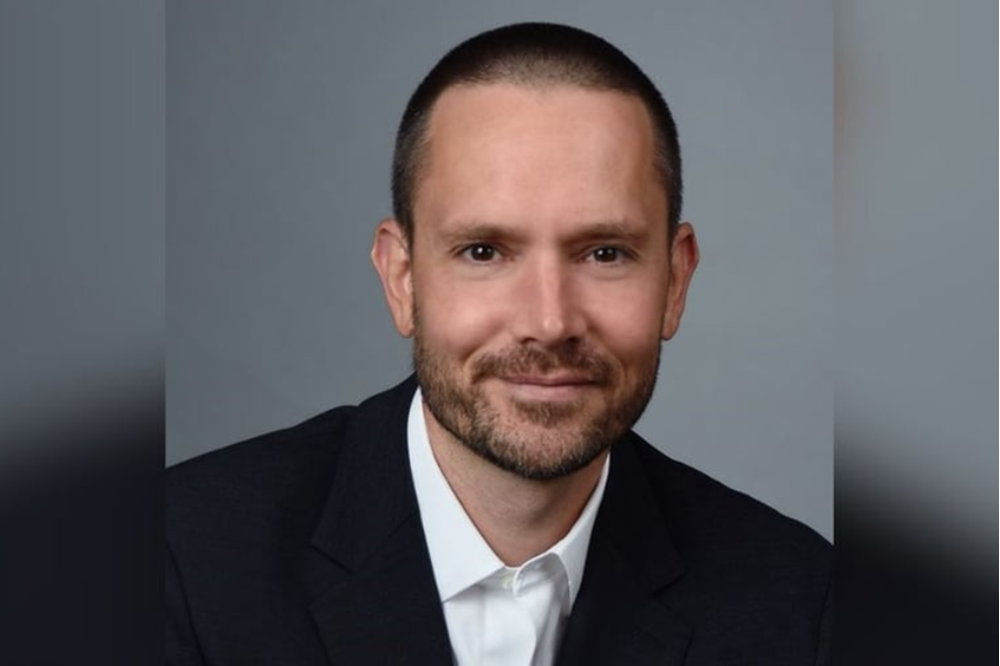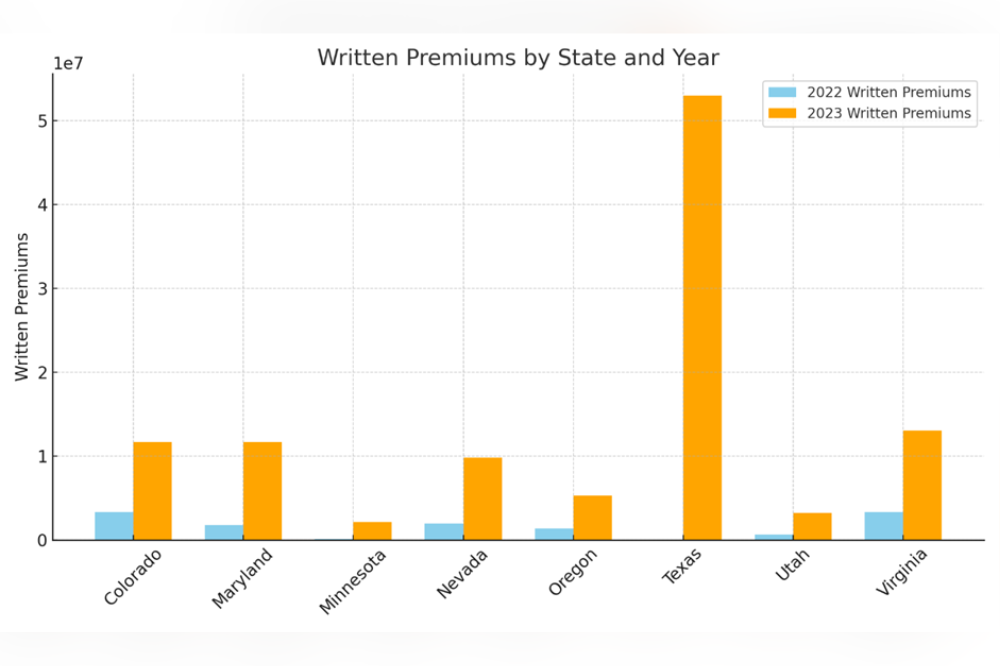

That’s the problem with Great Big Ideas. They may be great but they’re also BIG which means, more often than not, deep pockets are required. And Tesla having its own insurance (because the cars can drive themselves so well of course) could be deemed one of those ideas.
It’s not that Tesla isn’t backed by someone with deep pockets. Hey anyone who can buy something, name it after one third of a Vin Diesel movie and then watch it lose $25 billion in value - and then still sleep at night has got to have pretty deep pockets, right?
Which is why Elon Musk probably hasn’t lost any sleep after Tesla announced its 2023 insurance figures.
Overall, the numbers look impressive – $497 million in written premiums is just three million short of half a billion. That’s more than some countries’ entire gross national product (Micronesia, Kiribati, Nauru and Tuvalu we’re talking about you – yes you have endless sunshine and great beaches – electric car insurance? Not so much.) But the big headline number is critically linked to a combined ratio, in some states at least, of 145%.
Overall, Tesla insurance saw a year-on-year increase in premiums of 115% and with a fronting arrangement with State National, it has become the specialty insurer’s largest producer. Tesla Insurance is also distributed through the company’s two licensed carriers – Tesla Property & Casualty and Tesla General Insurance.
Unfortunately, for insurance ‘disruptors’, disrupting this incredibly finely nuanced industry is a lot harder than it looks for Silicon Valley’s wunderkind.
“First of all, when Tesla first came into the industry, they didn’t actually keep the risk themselves; they were just a distribution channel,” said Adam Denninger (pictured), global industry leader for insurance at Capgemini.

“What you’ve seen for a long time is that a lot of technology companies coming into the industry on the distribution side – offering new agent experiences, new mechanisms of gathering data, even occasionally doing the underwriting piece as well – all have had a similar experience. They lost a lot of money.”
“[These companies] came in thinking that the technology was the hard part, and thinking insurance is this old, slow backwater industry,” Denninger said.
“[They thought] it’s not that complicated, and they could solve it. But they realized [insurance] was pretty complicated, and it’s difficult to do it without losing your shirt. I think that’s what happened to Tesla.”
Tesla hoped that advanced telematics and safer cars with multiple safety aids would cut claims. Unfortunately, all those tech aids are very expensive to repair when damaged, and the company is even facing a class action over claims of over-inflating premiums.

